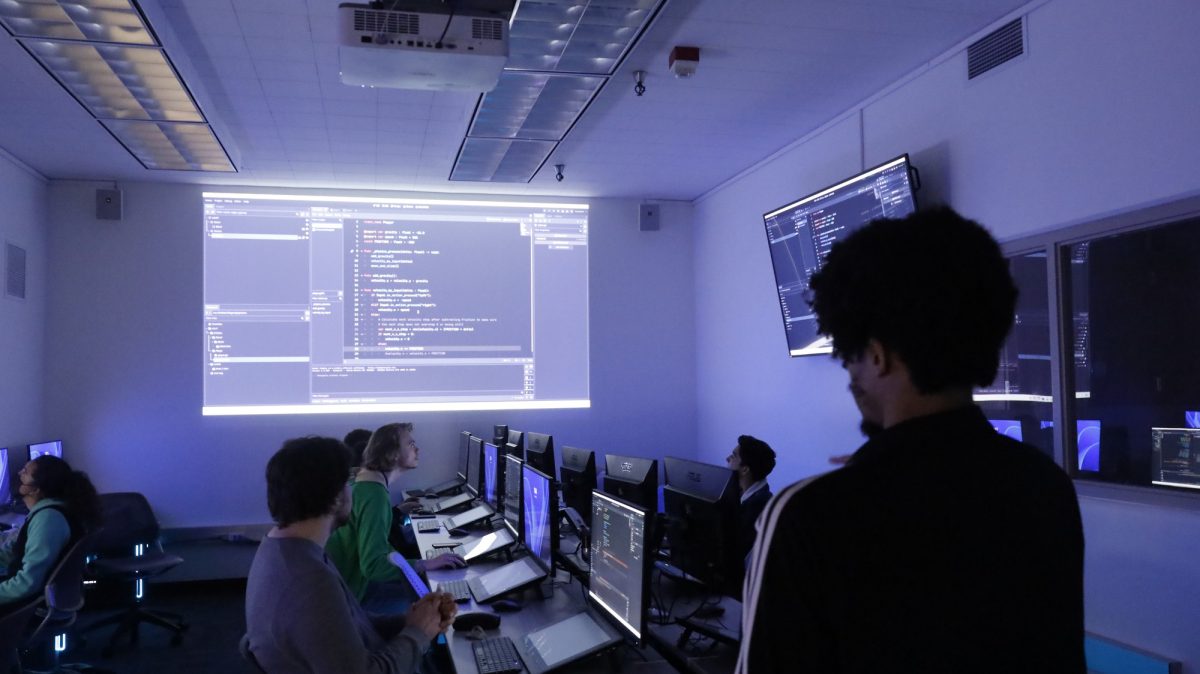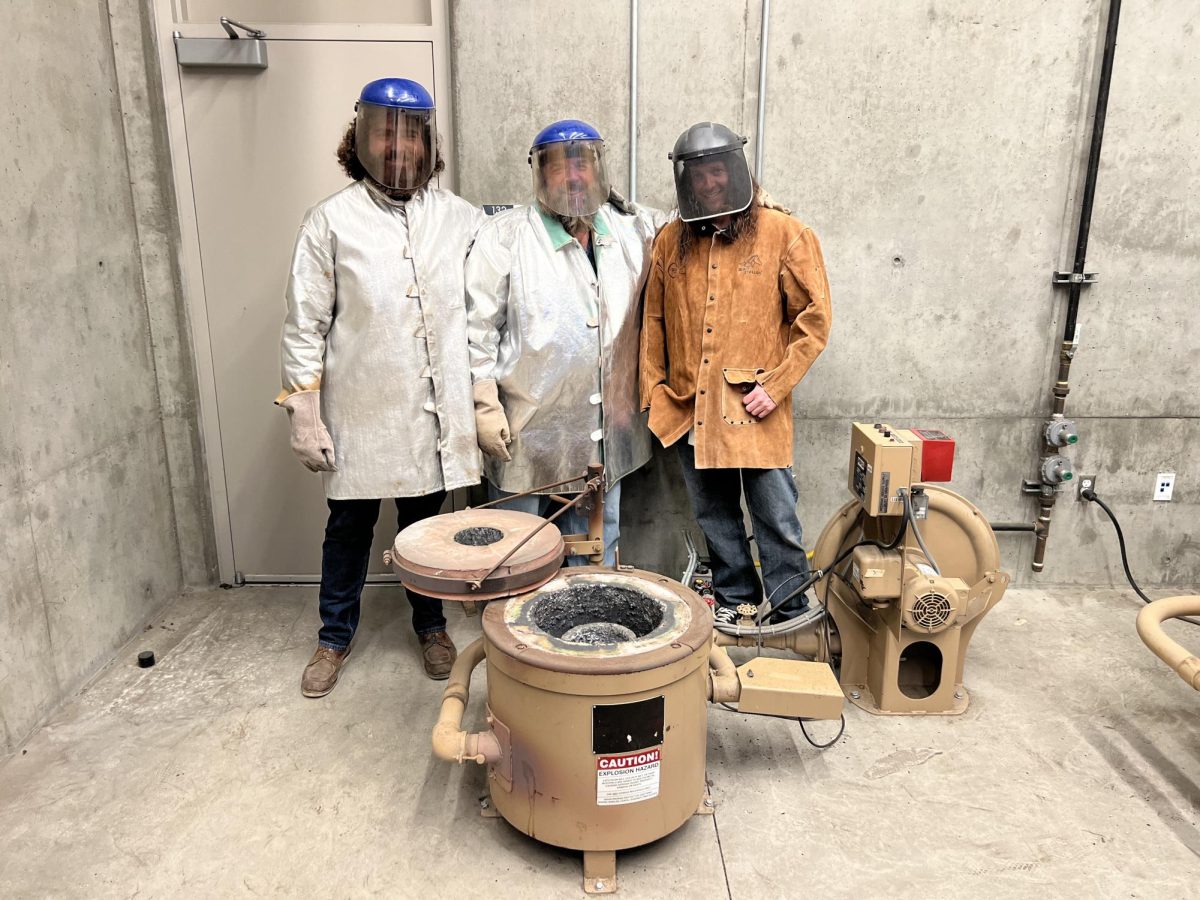The beautyblender has been quite the rage for the past decade, but there’s a new makeup sponge on the rise called the “SiliSponge” from Molly Cosmetics.
Most cosmetology students and professors use makeup brushes, but after learning about the benefits of the “SiliSponge,” a silicone makeup sponge, some professors are interested in using the SiliSponge at El Camino.
“In our department here, we haven’t been exposed to (the SiliSponge), now the students might be exposed to it, but the instructors really aren’t exposed to it,” Merriel Winfree, 58, cosmetology professor said.
Winfree believes that professors are used to using makeup brushes which may be linked to a difference in generations.
“It’s just a matter of us being exposed to it so we can order the materials for the students so they can use (the silicone makeup sponge).” Winfree said.
A beautyblender is a makeup tool made from a sponge-like material shaped like a teardrop used to blend makeup like foundation, concealer, cream contour, blushes and more.
To use the beautyblender, one would soak the sponge in water and squeeze out the excess water until it’s damp, which allows the sponge to double in size and become softer.
The beautyblender is then mixed with the product then is applied by dabbing onto the skin. This creates a more natural look rather than spreading the makeup across the surface and causing a streaking effect.
The silicone beauty product has the same function, however the inner material is made from silicone and the outer shell is thermoplastic polyurethane (TPU)—a flexible plastic that’s resistant to oil and grease.
Silicone doesn’t have any pores so it doesn’t absorb a lot of product, it resists against bacteria, it’s cheaper ($9 SiliSponge/$20 BeautyBlender), easy to clean, lasts longer, and is more eco-friendly.
Annette Milazzo is a 30-year-old cosmetology major at El Camino that prefers the silisponge over the beautyblender.
“Like we’ve learned in class, anything that is porous, like a sponge is going to retain and carry bacteria,” Milazzo said. “They’re really going to be saturated in there and hard to clean out.”
Many cosmetology students and professors have heard of the product, but have never actually tried it out.
“I wasn’t really aware of them until I worked in a Sephora and I saw them in there,” Veronica Stevens, 47, adjunct cosmetology instructor said. “So I thought, you know what? That’s something I might want to try.”
Stevens was intrigued with the product because she thought it would pull at the skin and cause wrinkles. After watching a video of the product blending out foundation she was surprised that it still used the same dabbing technique as the beautyblender.
“It blends better than I thought it would. It uses way less product,” Stevens said. “Definitely gonna have to look into that, especially for the salon because brushes are so hard to clean all of the foundation out of them.”
Winfree knows how important and difficult it can be to constantly clean makeup brushes between clients.
“It’s impossible for you to clean after each person,” Winfree said. “The brushes and (beautyblenders) lay on the makeup nice and it smooths and blends very nicely, but it breathes bacteria.”
Winfree believes that many people don’t know about the benefits of a silisponge due to a lack of knowledge.
“It’s just a matter of exposure and knowing and seeing the benefits of this,” Winfree said.






